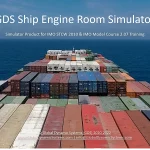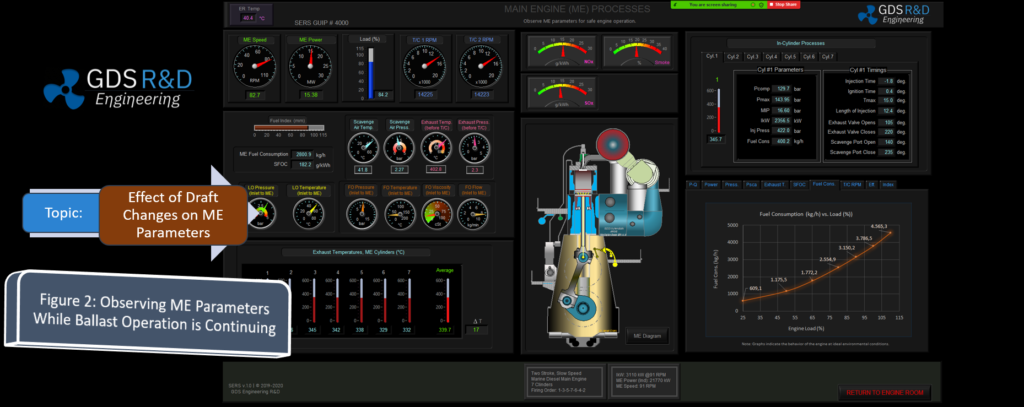Dr İsmail Çiçek 1990 yılında İstanbul Teknik Üniversitesi (İTÜ) Gemi Makineleri İşletme Mühendisliği Bölümünden mezun oldu. Akademik dünya ve endüstrinin değişik alanlarındaki çalışmalarıyla geniş tecrübe sahibi olan İsmail Çiçek, Texas Tech Üniversitesi Makine Mühendisliği Bölümünden 1995’de Yüksek Lisans 1999’da doktora diplomalarını aldı. Dr Çiçek yüksek lisans çalışmasında dizayn ve kontrol sistemleri, doktora çalışmasında ise mekanik titreşimler ve kontrol sistemleri konularında çalışmalar yaptı.
Dr İsmail Çiçek 1999-2003 yılları arasında İTÜ Denizcilik Fakültesi Gemi Makineleri İşletme Mühendisliği Bölümünde Öğretim Üyesi ve Bölüm Başkan Yardımcısı olarak görev yaptı. Bu süre içerisinde Dr Çiçek İTÜ Simülatör Merkezinin kurulması, International Association of Maritime Universities (IAMU) birliğinin oluşturulması, ve The State University of New York (SUNY) ile İTÜ Denizcilik Fakültesi arasında çift diplomalı lisans programının gerçekleştirilmesi çalışmalarında bulundu.
1997 yılından günümüze Dr. İsmail Çiçek ABD savunma sektöründe proje yapan şirketlerde ve ABD Hava Kuvvetleri Komutanlığı bünyesinde değişik program ve projelerde uzun yıllar (toplam 15 yıl) mühendis ve lider olarak çalışmalar yürüttü. Dr. Çiçek’in savunma sanayi deneyimi Coğrafi Bilgi Sistemlerini kullanan İnsansız Hava Aracı ve Sistemleri geliştirilmesi ve US Marine Corps’a teslimi, sabit kanat uçakların modernizasyonu (C-5, C-17, C-130 E/H/J, vb), askeri cihazlarının uçak, hava ve deniz araçlarında kullanılabilmesi için ortama uyumluluk testleri, insansız hava araçları için dizel motor geliştirilmesi ve uygulanması gibi önemli çalışmaları içermektedir.
Dr Çiçek, Raytheon ve Texas Tech Üniversitesi işbirliği ile hazırlanan Sistem Mühendisliği doktora programında Entegre Ürün Verifikasyon ve Validasyon dersini verdi. Titiz, enerjik ve mükemmel takım çalışması göstergeleri dolayısıyla İsmail Çiçek’e; Terra Health tarafından, 2009 yılında Mükemmel Mühendislik ve 2010 yılında Müşteriye Hizmette Üstünlük ödülleri, ABD Hava Kuvvetleri Komutanlığı’nca çok sayıda ödül ve teşekkür mektupları takdim edildi.
Bir çok bilimsel ve mühendislik yayınları olan ve uluslararası konferans etkinlikleri bulunan Dr. İsmail Çiçek halen ASTM, ASME, IEEE ve ISO gibi uluslararası profesyonel kuruluşlarda aktif üye olup, askeri ve sivil standartlar geliştiren komitelerde çalışmalar yapmaktadır. Dr. Çiçek’in uluslararası sivil ve askeri standartlar konusunda uygulamalı tecrübeleri bulunmaktadır.
Dr. İsmail Cicek, 2012 yılından itibaren İTÜ Denizcilik Fakültesi’nde Öğretim Üyesi olarak görev yapmakta, Otomatik Kontrol Sistemleri, Gemi Makine Dairesi Simülatörleri, Gemi Kontrol Sistemleri, Mekanik Titreşimler ve benzeri dersler vermektedir. Dr. İsmail Çiçek Üniversite-Sanayi işbirliklerine önem vermektedir, bu sebeple de IMSO, TÜLOMSAŞ, MILPER, FEMSAN, ve benzeri kurum ve kuruluşlar ile birlikte çalışmalar da yapmıştır.

